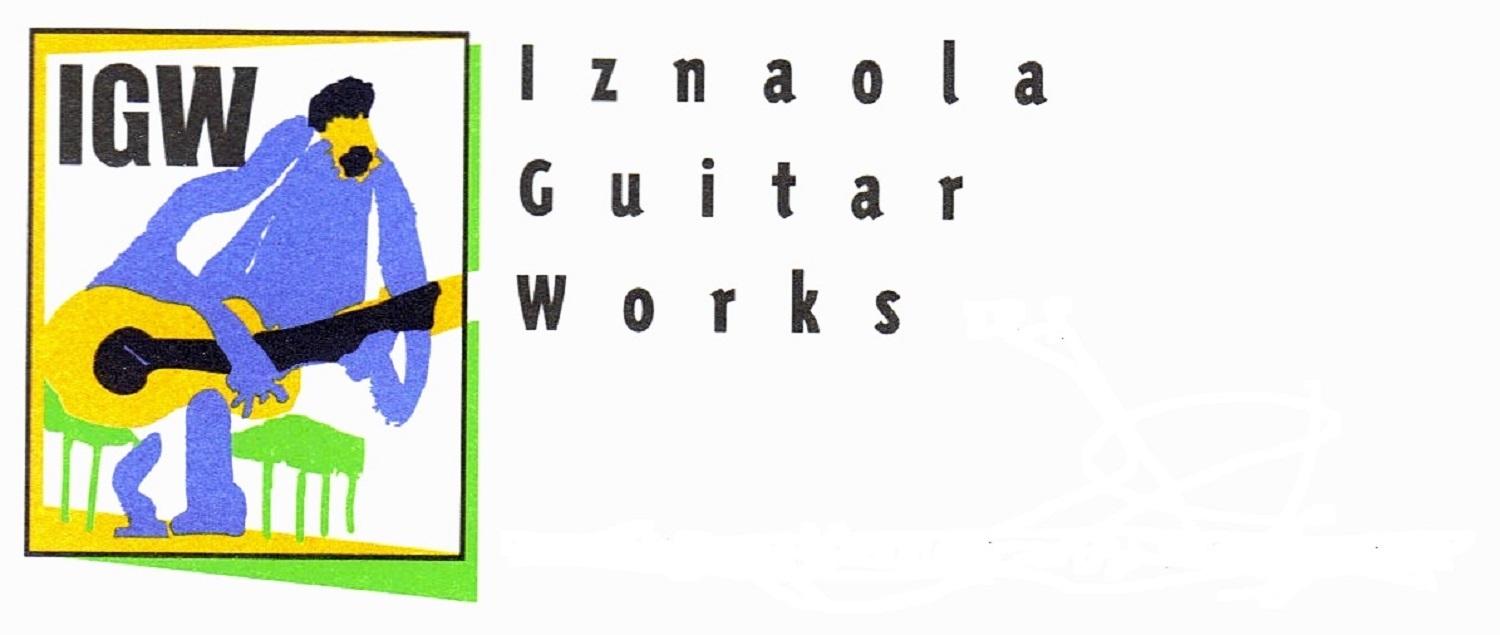Alirio Díaz: guitarra latina
A Tribute by Ricardo Iznaola
The sad circumstance of the death of Maestro Alirio Díaz [on 5 July 2016] brings about the bitter-sweet opportunity to assess his, in many ways, unique artistic trajectory and his extraordinary contributions to the art, pedagogy and repertoire of the classic guitar in the XX century.
One of the truly great masters of the instrument, and perhaps the most exciting and seductive of its performers during his professional apogee, his inimitable, signature style, his charismatic presence – an exquisite mixture of authority, sobriety and energy – and his technical and musical panache inspired innumerable young guitarists, on both sides of the Atlantic, who were ‘hatching,’ artistically speaking, during the ‘60’s, ‘70’s and ‘80’s.
What he achieved not only on behalf of Venezuelan but, generally, Latin-American guitar music was pioneering and transformative. His efforts in promoting the genius of his compatriot, Antonio Lauro, and other little known Venezuelan composers (Borges, Sojo, Plaza, Moleiro, Carreño, etc) is well-known, but less recognized is his early and persistent advocacy of Agustín Barrios, years before others took the cause themselves, eventually inspiring the superb work of John Williams on Barrios’ behalf.
Díaz’s meteoric rise among the ‘aristocracy’ of the guitar in the ‘50’s, through his incipient incursions in the European scene, as a student in Madrid under Sainz de la Maza, first, and then, and more definitively, through his tutelage under Andrés Segovia in Italy, allowed him the opportunity of introducing an exciting new repertoire, filled with rhythmic vitality and addictive lyrical élan, into the somewhat staid, traditional continental halls and salons, gaining in the process admiration and acclaim from both elites and audiences, not only for himself but for these ‘exotic’ fruits of the ‘new’ Latin-American guitar.
In so doing, and particularly after Segovia anointed him with shared (eventually, sole) teaching responsibilities at the annual summer courses of the fabled Accademia Chigiana, in Siena, his influence as an artist and pedagogue grew far and wide, spreading his impact among both European and Latin-American guitarists, as well as, increasingly, in the United States.
It is enough to recall the way eminent figures of the guitar in North-America, like Christopher Parkening, Sharon Isbin, Eliot Fisk, Robert Guthrie or Bruce Holzman speak of Alirio’s indelible mark on their art, to understand how profound and international the master’s legacy was.
From the mid-‘60’s through the early ‘70’s, he offered annual three-month-long summer courses in Caracas, at the Universidad Central de Venezuela, which, added to his continuing work in Siena, further expanded the reach of his artistry and the inspirational appeal of his teaching.
I have written elsewhere about my own personal debt to Alirio’s presence in my early life as a novice guitarist and avid participant in those memorable courses, hence I will avoid now the self-indulgence of redundant reminiscing, except to quote a couple of brief paragraphs, summarizing the main impact of his art and pedagogy on my own:
“I remember his master classes: a true man of the stage, Alirio knew (and taught by example) that the master class is a performance art-form in itself, in which the master and the student collaborate not only in the private matter of finding new technical and musical paths for the pupil, but in presenting to the auditors the miraculous transformation of a piece of music, or just a fragment thereof, from something perhaps correct and even agreeable, into something shimmering in its beauty and impact. I feel privileged in having experienced Alirio’s master classes, not only for the benefits they brought to my own playing but also as a superb workshop in the art of public pedagogy, an area, alas, much ignored by many players/teachers nowadays.”
“I particularly relish the memory of his prodigious interpretations of the music of his compatriots [mentioned before]. To this day and together with his versions of the Spanish repertoire, I consider this his major contribution to the art of guitar playing, a vision that has colored my own approach and, I know, that of many colleagues.”[1]
More importantly, perhaps, is to complete these musings by highlighting that, for me, a young Latino musician coming from a rather provincial artistic and cultural background, Maestro Díaz’s model represented a possibility for a vocational path that he traversed, against all odds, with nonpareil mastery and success.
Anyone who reads his biography will be stunned by the obstacles he endured and surpassed, from his very humble origins in the small village of La Candelaria, near Carora (the latter immortalized in Lauro’s brilliant waltz of the same name), to his crowning triumphs as a world-touring artist who collaborated with and was admired by musicians of the stature of Stokowski, Sergiu Celibidache, Rafael Frühbeck de Burgos, I solisti di Zagreb, and so many others.
The artistic idol became a vital icon who helped me persist in the pursuit of my calling and maintain the commitment, on a daily basis, to the practice of an art form seamlessly integrating personal mission with keen awareness of the enormous importance of the role of the guitarra latina, of which he was the supreme avatar, not only as root of the guitar’s past, but as indispensable nutrient for its perennial blossoming.
© 2016 by Ricardo Iznaola
Denver, Colorado
July 2016
[1]Ricardo Iznaola. “Alirio Díaz in Perspective: A Personal Reminiscence.” Classical Guitar vol. 27, no. 4 (December 2008) pp.28-31
